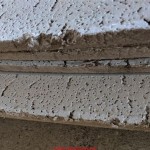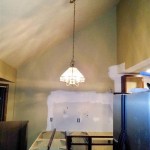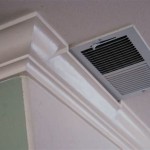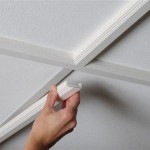1.
When it comes to painting a bathroom ceiling, primer is a crucial first step. Not only does it ensure a better, longer lasting finish, but it also saves time and money. In this guide, we’ll look at what primer is, why it’s important, and how to choose the right one for your project.
What is Primer?
Primer is a type of paint that is designed to adhere to surfaces and provide a base coat for a finished paint job. It helps to create a uniform and consistent finish, as well as providing a protective layer between the surface and the finished paint. Primer also helps to ensure a longer-lasting paint job, as it prevents the paint from cracking, flaking, or peeling.
Why is Primer Important for Bathroom Ceilings?
Primer is especially important for bathroom ceilings because of the high humidity and moisture present in the room. Without a good primer, the paint won’t be able to adhere properly and is likely to start peeling or flaking off. Primer also helps to fill in any cracks or imperfections in the ceiling, which can lead to a smoother, better quality finish.
How to Choose the Right Primer for Your Project
When choosing a primer for your bathroom ceiling, you want to make sure that it is specifically designed for use in high moisture areas. Look for primers that are labeled as ‘moisture resistant’ or ‘mold resistant’. You may also want to choose a primer that is specifically designed to fill in any cracks or imperfections in your ceiling. Additionally, you want to make sure that the primer you choose is compatible with the paint you plan to use.
Tips for Applying Primer to Your Bathroom Ceiling
- Clean the ceiling thoroughly before beginning to apply the primer.
- Use a roller for larger areas, and a brush for smaller, more detailed areas.
- Avoid going over the same area multiple times, as this can cause streaks.
- Allow the primer to dry completely before adding the finished paint.
Conclusion
Primer is an important step when painting a bathroom ceiling. Not only does it provide a better, longer lasting finish, but it also prevents any cracking or peeling of the paint. When choosing a primer, make sure that it is specifically designed for high moisture areas, and that it is compatible with the paint you plan to use. Finally, make sure to follow the tips outlined above for a successful painting project.















Related Posts








